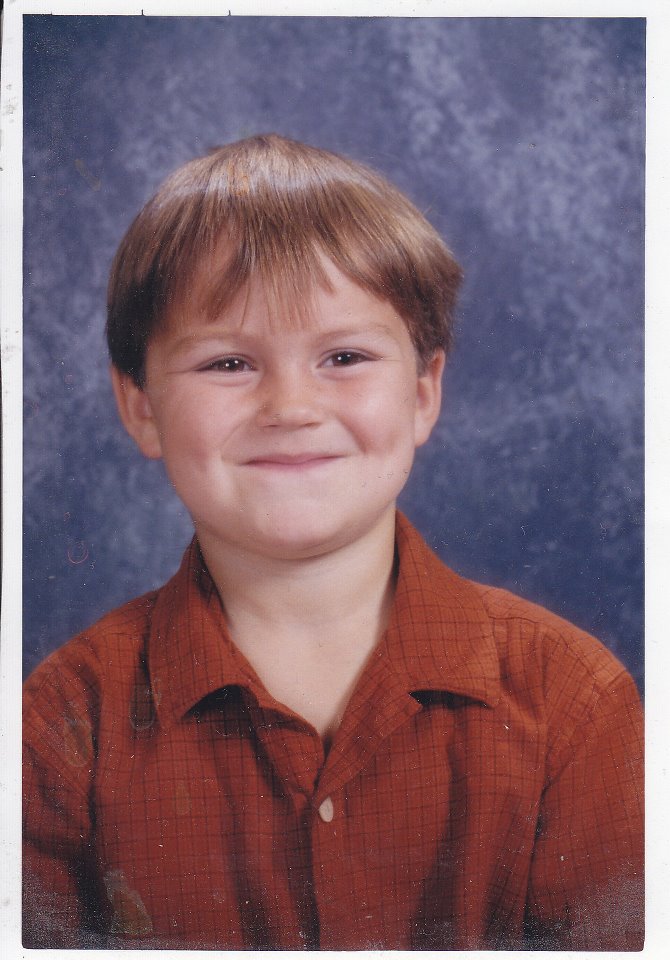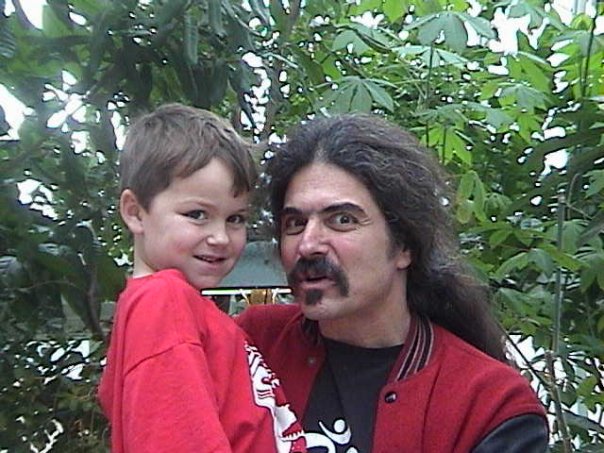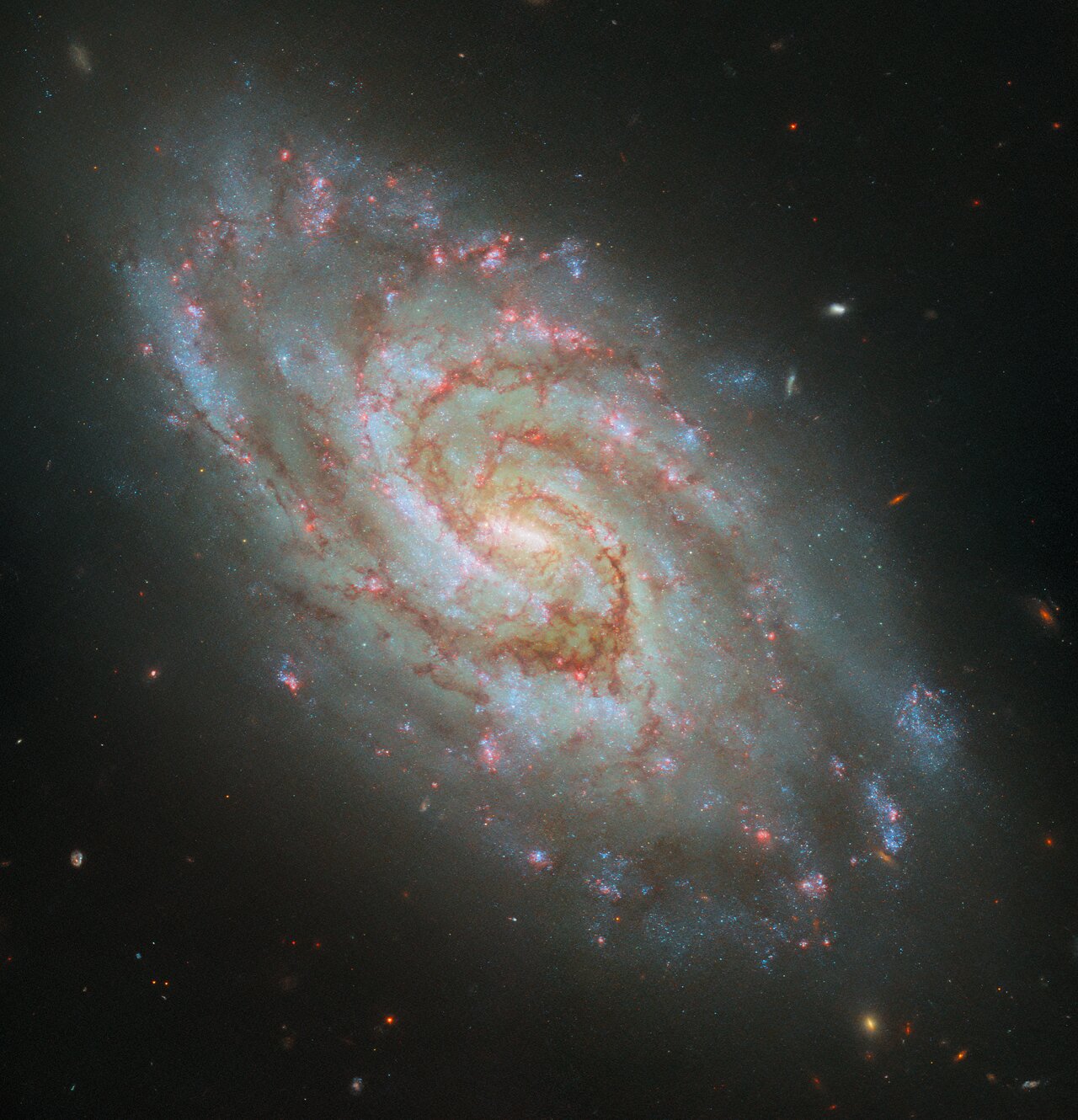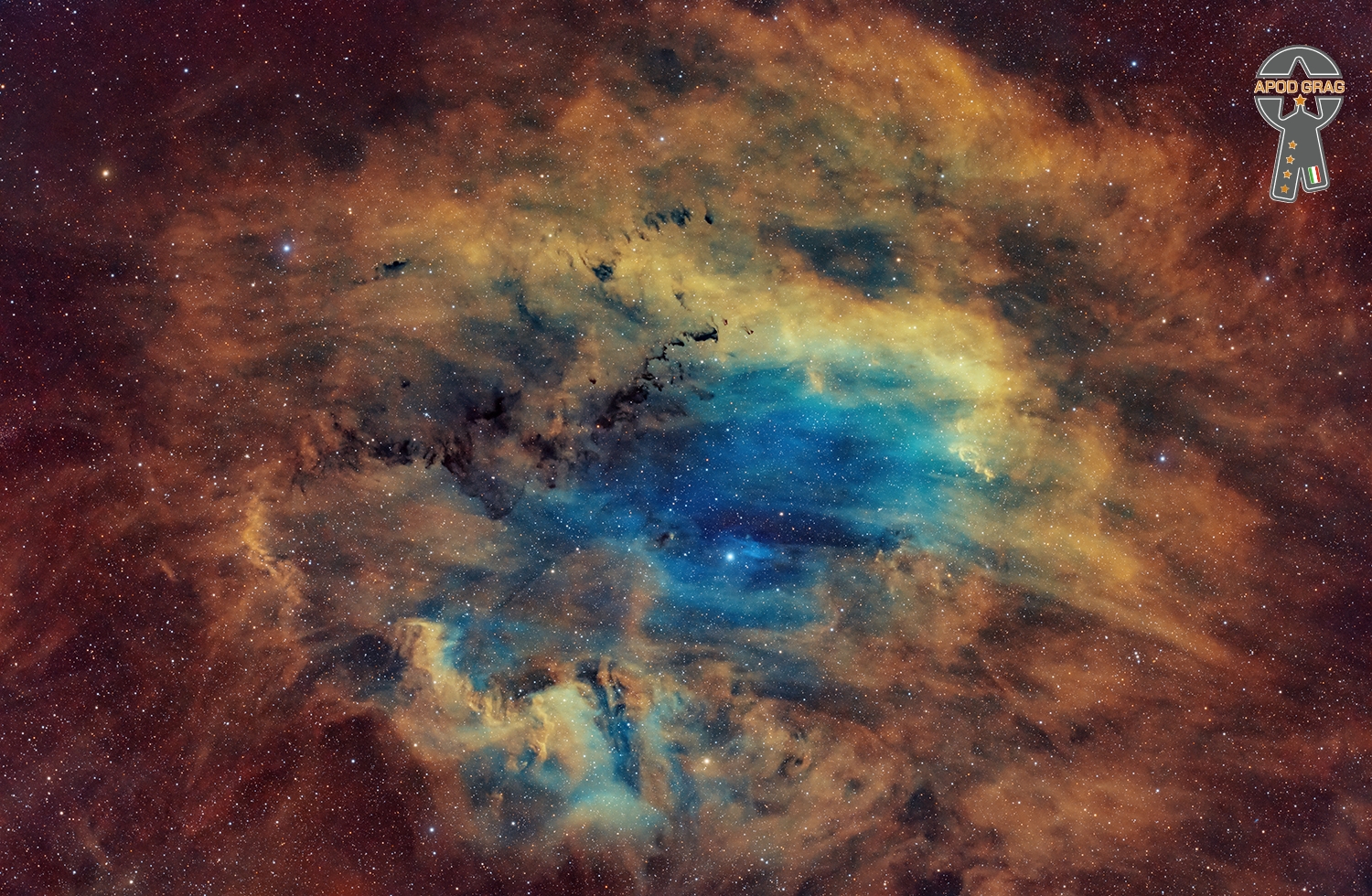Blog
9-24-1940 7-10-2021 Scottsdale – Singer, Songwriter and Founding member of 60’s girl group “The Angels” dies at 80. Born in Newark, NJ on Sept. 24 1940. She passed away peacefully on July 10, 2021 in Scottsdale, AZ. Bibs was born on September 24, 1940 in Newark, NJ. “My Boyfriend’s Back.” per formed by “The Angels “rose to #1 on Billboard’s Hot 100 chart in 1963. Their hits included, “Til” 1961, “Cry Baby Cry” 1962, “Thank you and Goodnight” 1964.. Their early television performances included “The Ed Sullivan Show,” “Shindig,” “The Mery Griffin Show,” “Midnight Special,”, “American Bandstand” and “The Mike Douglas Show”. Bibs also sang commercial jingles including those for Wendy’s, Milk, and Sticklets Gum. In the 80’s she left The Angels to run her husband Peter’s Architectural firm, Tuebner and Brown in Los Angeles. Later in life she returned to her love of songwriting and most recently recorded an EP of new songs with her two nieces.
more...Theodore “Fats” Navarro (September 24, 1923 – July 6, 1950) was an American jazz trumpet player and a pioneer of the bebop style of jazz improvisation in the 1940s. A native of Key West, Florida, he toured with big bands before achieving fame as a bebop trumpeter in New York. Following a series of studio sessions with leading bebop figures including Tadd Dameron, Bud Powell, and Kenny Clarke, he became ill with tuberculosis and died at the age of 26. Despite the short duration of his career, he had a strong stylistic influence on trumpet players who rose to fame in later decades, including Clifford Brown and Lee Morgan. Navarro, nicknamed “Fat Girl” due to his weight and high speaking voice, developed a heroin addiction, tuberculosis, and a weight problem. These afflictions led to a slow decline in health. Navarro was hospitalized on July 1, 1950, and he died five days later on July 6 at the age of 26. His last performance was with Charlie Parker at Birdland.
more...Lemon Henry “Blind Lemon” Jefferson (September 24, 1893 – December 19, 1929 Coutchman, Tx) was an American blues and gospel singer-songwriter and musician. He was one of the most popular and successful blues singers of the 1920s and has been called the “Father of the Texas Blues“.
Due mainly to his high-pitched voice and the originality of his guitar playing, Jefferson’s performances were distinctive. His recordings sold well, but he was not a strong influence on younger blues singers of his generation, who could not imitate him as easily as they could other commercially successful artists. Later blues and rock and roll musicians, however, did attempt to imitate both his songs and his musical style.
Jefferson died in Chicago at 10:00 a.m. on December 19, 1929, of what his death certificate said was “probably acute myocarditis“.For many years, rumors circulated that a jealous lover had poisoned his coffee, but a more likely explanation is that he died of a heart attack after becoming disoriented during a snowstorm.
more...Listen to Diegos voice in this Sound Scape from his album SONGS FOR DIEGO
more...




The spiral galaxy IC 1954, located 45 million light-years from Earth in the constellation Horologium, is the star of this Picture of the Week from the Hubble Space Telescope. It sports a glowing bar in its core, two main majestically winding spiral arms and clouds of dark dust across it. An image of this galaxy was previously released in 2021; this week’s image is entirely new and now includes H-alpha data. The improved coverage of star-forming nebulae, which are prominent emitters of the red H-alpha light, can be seen in the numerous glowing, pink spots across the disc of the galaxy. Interestingly, some astronomers posit that the galaxy’s ‘bar’ is actually an energetic star-forming region that just happens to lie over the galactic centre.
The new data featured in this image come from a programme to extend the cooperation between multiple observatories: Hubble, the infrared James Webb Space Telescope, and the Atacama Large Millimeter/submillimeter Array, a ground-based radio telescope. By surveying IC 1954 and over fifty other nearby galaxies in radio, infrared, optical, and ultraviolet light, astronomers aim to fully trace and reconstruct the path matter takes through stars and the interstellar gas and dust in each galaxy. Hubble’s observing capabilities form an important part of this survey: it can capture younger stars and star clusters when they are brightest at ultraviolet and optical wavelengths, and its H-alpha filter effectively tracks emission from nebulae. The resulting dataset will form a treasure trove of research on the evolution of stars in galaxies, which Webb will build upon as it continues its science operations into the future.

Mohammad-Reza Shajarian , (23 September 1940 – 8 October 2020) was an Iranian singer and master (Ostad) of Persian traditional music. He was also known for his skills in Persian calligraphy and humanitarian activities. Shajarian started his singing career in 1959 at Radio Khorasan, rising to prominence in the 1960s with his distinct singing style.
Shajarian’s main teachers were Ahmad Ebadi, Esmaeil Mehrtash, Abdollah Davami, and Nour-Ali Boroumand. He also learned the vocal styles of singers from previous generations, including Reza Gholi Mirza Zelli, Fariborz Manouchehri, Ghamar Molouk Vaziri, Eghbal Azar and Taj Isfahani. He cited legendary Persian tar soloist Jalil Shahnaz as highly influential to his development, indicating that he often tried to mimic Shahnaz’s playing style in his singing.
Shajarian collaborated with musicians such as Parviz Meshkatian, Mohammad Reza Lotfi, Hossein Alizadeh, Faramarz Payvar, Dariush Pirniakan, and Sohrab Pournazeri. He was recognized as a skilled singer in the challenging traditional Dastgah style. His works also cover some songs of Iranian ethnic music, including Mazandarani music, Azeri music, Kurdish music and Lur music.
UNESCO in France presented Shajarian with the Picasso Award in 1999 and with the UNESCO Mozart Medal in 2006. In 2017, Los Angeles Times cited him as the “Greatest living maestro of Persian classical music“. After coming out in support of the Iranian Green Movement and criticizing the Iranian government, he was banned from holding concerts and releasing music.
more...Leslie Coleman McCann (September 23, 1935 – December 29, 2023) was an American jazz pianist and vocalist. He is known for his innovations in soul jazz and his 1969 recording of the protest song “Compared to What“. His music has been widely sampled in hip hop.
During his service in the Navy, McCann won a singing contest, which led to an appearance on The Ed Sullivan Show. After leaving the Navy, McCann moved to California and played in his own trio. He declined an offer to work in Cannonball Adderley‘s band so that he could dedicate himself to his own music. The trio’s first job was at the Purple Onion club in 1959 accompanying Gene McDaniels.
The main part of McCann’s career began in the early 1960s, when he recorded as a pianist with his trio for Pacific Jazz. In 1969, Atlantic released Swiss Movement, an album recorded with saxophonist Eddie Harris and trumpeter Benny Bailey earlier at that year’s Montreux Jazz Festival. The album contained the song “Compared to What“; both reached the Billboard pop charts. The song, which criticized the Vietnam War, was written by Eugene McDaniels years earlier and recorded and released as a ballad by McCann in 1966 on his album, Les McCann Plays the Hits. Roberta Flack‘s version appeared as the opening track on her debut album First Take (1969).
After the success of Swiss Movement, McCann, primarily a piano player, emphasized his vocals. He became an innovator in soul jazz, merging jazz with funk, soul and world rhythms. His music was influential for its use of electric piano, clavinet and synthesizer.
In 1971, McCann and Harris were part of a group of soul, R&B and rock performers–including Wilson Pickett, the Staple Singers, Santana and Ike & Tina Turner–who flew to Accra, Ghana, to perform a 14-hour concert for more than 100,000 Ghanaians. The March 6 concert was recorded for the documentary film Soul to Soul. In 2004, the movie was released on DVD with an accompanying soundtrack album.
McCann had a stroke in the mid-1990s, but he returned to music in 2002, when Pump it Up was released, and continued to release music until 2018. He also exhibited his work as a painter and photographer.
more...Ray Charles Robinson (September 23, 1930 – June 10, 2004) was an American singer, songwriter, musician and composer. He is regarded as one of the most iconic and influential musicians in history, and was often referred to by contemporaries as “The Genius”. Among friends and fellow musicians he preferred being called “Brother Ray”. Charles was blinded during childhood, possibly due to glaucoma.
Charles pioneered the soul music genre during the 1950s by combining blues, jazz, rhythm and blues, and gospel styles into the music he recorded for Atlantic Records. He contributed to the integration of country music, rhythm and blues, and pop music during the 1960s with his crossover success on ABC Records, notably with his two Modern Sounds albums. While he was with ABC, Charles became one of the first black musicians to be granted artistic control by a mainstream record company.
Charles’ 1960 hit “Georgia on My Mind” was the first of his three career No. 1 hits on the Billboard Hot 100. His 1962 album Modern Sounds in Country and Western Musicbecame his first album to top the Billboard 200. Charles had multiple singles reach the Top 40 on various Billboard charts: 44 on the US R&B singles chart, 11 on the Hot 100 singles chart, two on the Hot Country singles charts.
Charles cited Nat King Cole as a primary influence, but his music was also influenced by Louis Jordan and Charles Brown. He had a lifelong friendship and occasional partnership with Quincy Jones. Frank Sinatra called Ray Charles “the only true genius in show business”, although Charles downplayed this notion. Billy Joel said, “This may sound like sacrilege, but I think Ray Charles was more important than Elvis Presley.”
For his musical contributions, Charles received the Kennedy Center Honors, the National Medal of Arts, and the Polar Music Prize. He was one of the inaugural inductees at the Rock and Roll Hall of Fame in 1986. He has won 18 Grammy Awards (five posthumously), the Grammy Lifetime Achievement Award in 1987, and 10 of his recordings have been inducted into the Grammy Hall of Fame. Rolling Stone ranked Charles No. 10 on their list of the 100 Greatest Artists of All Time, and No. 2 on their list of the 100 Greatest Singers of All Time. In 2022, he was inducted into the Country Music Hall of Fame, as well as the Black Music & Entertainment Walk of Fame.
more...John William Coltrane (September 23, 1926 – July 17, 1967) was an American jazzsaxophonist, bandleader and composer. He is among the most influential and acclaimed figures in the history of jazz and 20th-century music.
Born and raised in North Carolina, Coltrane moved to Philadelphia after graduating from high school, where he studied music. Working in the bebop and hard bop idioms early in his career, Coltrane helped pioneer the use of modes and was one of the players at the forefront of free jazz. He led at least fifty recording sessions and appeared on many albums by other musicians, including trumpeter Miles Davis and pianist Thelonious Monk. Over the course of his career, Coltrane’s music took on an increasingly spiritual dimension, as exemplified on his most acclaimed album A Love Supreme (1965) and others. Decades after his death, Coltrane remains influential, and he has received numerous posthumous awards, including a special Pulitzer Prize, and was canonizedby the African Orthodox Church.
His second wife was pianist and harpist Alice Coltrane. The couple had three children: John Jr. (1964–1982), a bassist; Ravi (born 1965), a saxophonist; and Oran (born 1967), a saxophonist, guitarist, drummer and singer. Coltrane died of liver cancer at the age of 40 on July 17, 1967, at Huntington Hospital on Long Island. Biographer Lewis Porter speculated that the cause of Coltrane’s illness was hepatitis, although he also attributed the disease to Coltrane’s heroin use at a previous period in his life. Frederick J. Spencer wrote that Coltrane’s death could be attributed to his needle use “or the bottle, or both.”
more...Sharpless 119, is a large patch of emission in the constellation Cygnus and lies some 2200 light years away. It’s only 2-3 degrees away from the North American and Pelican Nebulae, so is often overlooked. The bright star is 68 Cygni, and is around magnitude 5 and is one of the stars responsible for ionizing the surrounding gas. Riddled throughout this complex are several brighter emission patches and dark nebulae with their own LBN and LDN designations.

William Overton Smith (September 22, 1926 – February 29, 2020) was an American clarinetist and composer. He worked extensively in modern classical music, third streamand jazz, and was perhaps best known for having played with pianist Dave Brubeckintermittently from the 1940s to the early 2000s. Smith frequently recorded jazz under the name Bill Smith, but his classical compositions are credited under the name William O. Smith.
more...Mikalojus Konstantinas Čiurlionis (Polish: Mikołaj Konstanty Czurlanis; 22 September [O.S. 10 September] 1875 – 10 April [O.S. 28 March] 1911) was a Lithuanian composer, painter, choirmaster, cultural figure, and writer in Polish.
Čiurlionis contributed to symbolism and Art Nouveau, and was representative of the fin de siècle epoch. He has been considered one of the pioneers of abstract art in Europe. During his short life, he composed about 400 pieces of music and created about 300 paintings, as well as many literary works and poems. The majority of his paintings are housed in the M. K. Čiurlionis National Art Museum in Kaunas, Lithuania. His works have had a profound influence on modern Lithuanian culture.
more...
Chief Sunday Adeniyi Adegeye MFR (born 22 September 1946), known professionally as King Sunny Adé, is a Nigerian jùjú singer, songwriter, and multi-instrumentalist.He is regarded as one of the first African pop musicians to gain international success and has been called one of the most influential musicians of all time.
Sunny Adé formed his backing band in 1967, eventually known as his African Beats. After achieving national success in Nigeria during the 1970s and founding his own independent label, Sunny Adé signed to Island Records in 1982 and achieved international success with the albums Juju Music (1982) and Synchro System (1983); the latter garnered him a Grammy nomination, a first for a Nigerian artist. His 1998 album Odu also garnered a Grammy nomination. Sunny Adé served as board chairmanof the Musical Copyright Society of Nigeria before it got licensed and was later appointed honorary president of the society in recognition of his leadership role in the society.
more...More Posts
- Paul Chambers
- Joe Cuba
- Charles Mingus
- Flamenco Fridays Paco de Lucia
- Daily Roots Admiral Tibet
- Happy National High Five Day 2022
- Cosmos NGC 1566
- Iggy Pop
- Pee Wee Ellis
- Slide Hampton
- Mundell Lowe
- STOP THE WAR IN UKRAINE Joryj Kłoc
- Daily Roots Mike Anthony
- Cosmos M104
- Joe Bonner
- Tito Puente
- Lionel Hampton
- FREE UKRAINE Burdon
- Daily Roots Jimmy Cliff
- Cosmos IC 2944
